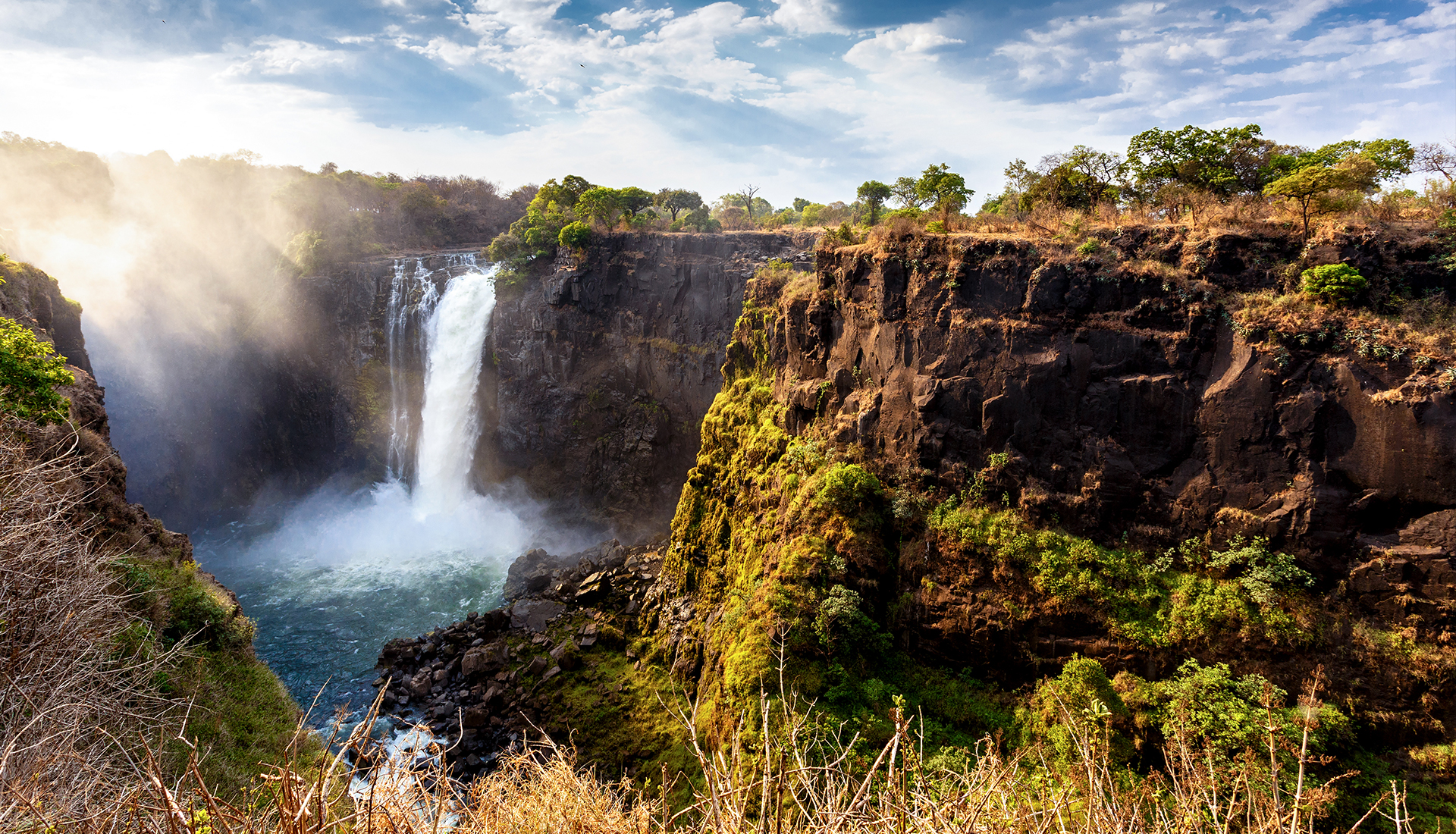MUNICH
Munich is the capital and most populous city of Bavaria, the second most populous German federal state. With a population of around 1.5 million, it is the third-largest city in Germany, after Berlin and Hamburg, as well as the 12th-largest city in the European Union. The city’s metropolitan region is home to 6 million people. Straddling the banks of the River Isar (a tributary of the Danube) north of the Bavarian Alps, it is the seat of the Bavarian administrative region of Upper Bavaria, while being the most densely populated municipality in Germany (4,500 people per km²). Munich is the second-largest city in the Bavarian dialect area, after the Austrian capital of Vienna. Munich houses many multinational companies and its economy is based on high tech, automobiles, the service sector and creative industries, as well as IT, biotechnology, engineering and electronics among many others.
The name of the city is derived from the Old/Middle High German term Munichen, meaning “by the monks”. It derives from the monks of the Benedictine order, who ran a monastery at the place that was later to become the Old Town of Munich; hence the monk depicted on the city’s coat of arms. Munich is home to many universities, museums and theatres. Its numerous architectural attractions, sports events, exhibitions and its annual Oktoberfest attract considerable tourism. Munich is also one of the most prosperous and fastest growing cities in Germany. It is a top-ranked destination for migration and expatriate location. Munich hosts more than 530,000 people of foreign background, making up 37.7% of its population.
Climate
By Köppen classification templates and updated data the climate is oceanic, independent of the isotherm but with some humid continental features like warm to hot summers and cold winters, but without permanent snow cover. The proximity to the Alps brings higher volumes of rainfall and consequently greater susceptibility to flood problems. Studies of adaptation to climate change and extreme events are carried out, one of them is the Isar Plan of the EU Adaptation Climate. The warmest month, on average, is July. The coolest is January.
Showers and thunderstorms bring the highest average monthly precipitation in late spring and throughout the summer. The most precipitation occurs in June, on average. Winter tends to have less precipitation, the least in February. At Munich’s official weather station, the highest and lowest temperatures ever measured are 37.5 °C (100 °F), on 27 July 1983 in Trudering-Riem, and −31.6 °C (−24.9 °F), on 12 February 1929 in Botanic Garden of the city.
Language
The Bavarian dialects are spoken in and around Munich, with its variety West Middle Bavarian or Old Bavarian (Westmittelbairisch / Altbairisch). Austro-Bavarian has no official status by the Bavarian authorities or local government, yet is recognised by the SIL and has its own ISO-639 code.
Museums
The Deutsches Museum or German Museum, located on an island in the River Isar, is the largest and one of the oldest science museums in the world. Three redundant exhibition buildings that are under a protection order were converted to house the Verkehrsmuseum, which houses the land transport collections of the Deutsches Museum. Deutsches Museum’s Flugwerft Schleissheim flight exhibition centre is located nearby, on the Schleissheim Special Landing Field. Several non-centralised museums (many of those are public collections at Ludwig-Maximilians-Universität) show the expanded state collections of palaeontology, geology, mineralogy, zoology, botany and anthropology.
The city has several important art galleries, most of which can be found in the Kunstareal, including the Alte Pinakothek, the Neue Pinakothek, the Pinakothek der Moderne and the Museum Brandhorst. The collection reflects the eclectic tastes of the Wittelsbachs over four centuries, and is sorted by schools over two floors. Major displays include Albrecht Dürer‘s Christ-like Self-Portrait (1500), his Four Apostles, Raphael‘s paintingsThe Canigiani Holy Family and Madonna Tempi as well as Peter Paul Rubens large Judgment Day. The gallery houses one of the world’s most comprehensive Rubens collections. Another important museum in the Kunstareal is the Egyptian Museum.






